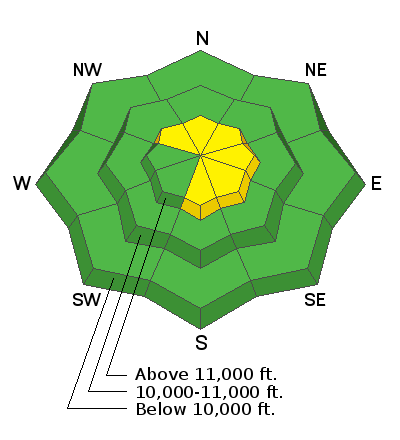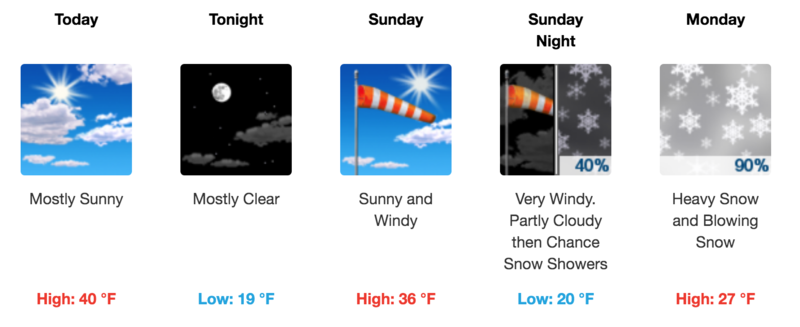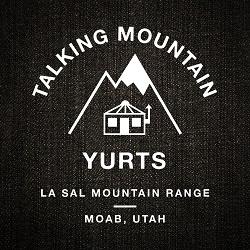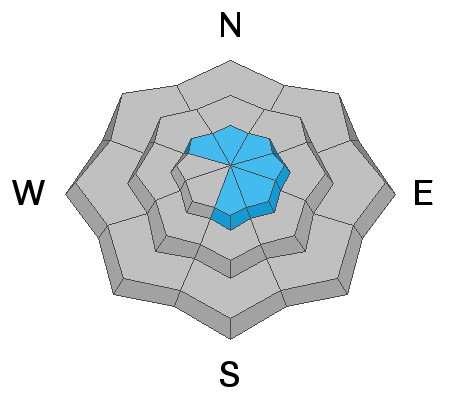Forecast for the Moab Area Mountains

Issued by Eric Trenbeath on
Saturday morning, February 1, 2020
Saturday morning, February 1, 2020
Most terrain offers generally LOW danger. Isolated areas exist where you may be able to trigger an avalanche - primarily on steep, wind loaded slopes at upper elevations that face NW-E-SE. In these areas, the avalanche danger remains MODERATE. Other outlying areas of concern include steep, rocky, radical terrain that has an underlying weak snowpack. With warm temperatures on tap, be alert for loose wet activity on sun-exposed slopes later in the day.

Low
Moderate
Considerable
High
Extreme
Learn how to read the forecast here






